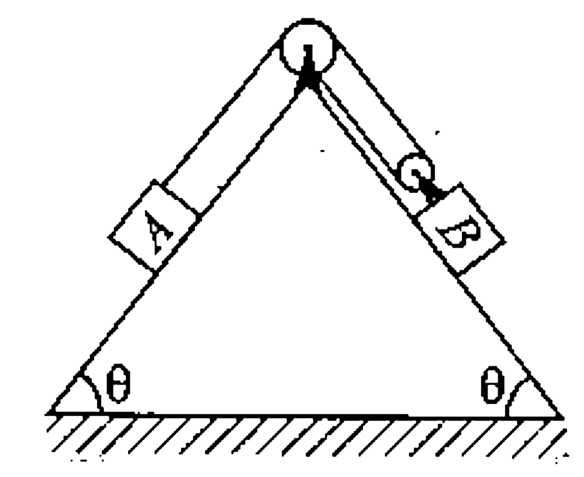Describe an activity to find the acceleration and velocity of an object moving on inclined track.
Aim : To find the acceleration and velocity of an object moving on an inclined track.
Materials required : Glass marbles, book, digital clock, long plastic tubes and steel plate.
Procedure :
1) Take a long plastic U type flat electrical wire cassing channel of length nearly 200cm. Use these tube parts as tracks.
2) Mark the readings in cm, along the track.
3) Place the one end of the track on the book and the other end on the floor.
4) Keep a steel plate on the floor at the bottom of the track.
5) Consider the reading at the bottom of the track as zero.
6) Take a marble having enough size to travel in the track frrely.
7) Now release marble freely from a certain distance say 40 cm.
8) Start the digital clock when the marble is released.
9) It moves down on the track and strikes the steel plate.
10) Stop the digital clock when sound is produced.
11) Repeat the same experiment for the same distance 2 to 3 times and note the valuse of time in the table.

12) Repeat the same experiment for various distances.
13) Draw s - t graph for above values.
14) Do the above experiment by various slopes of the track and find acceleration in each case.
Conclusions : 1) As the slope increases, acceleration increases.
2) When iron block is used, we obtain the same conclusion as above. (The numerical values are less than the numerical values when marble is used)
Topper's Solved these Questions
- MOTIONBOOK - VGS PUBLICATION-BRILLIANTCHAPTER - MOTIONEXERCISE - THINK & DISCUSS
3 Videos
- MOTIONBOOK - VGS PUBLICATION-BRILLIANTCHAPTER - MOTIONEXERCISE - QUESTIONS GIVEN IN THE LESSON
19 Videos
- MOTIONBOOK - VGS PUBLICATION-BRILLIANTCHAPTER - MOTIONEXERCISE - TRY THESE
7 Videos
- MECHANICAL PROPERTIES OF SOLIDSBOOK - VGS PUBLICATION-BRILLIANTCHAPTER - MECHANICAL PROPERTIES OF SOLIDSEXERCISE - PROBLEMS
15 Videos
- MOTION IN A PLANEBOOK - VGS PUBLICATION-BRILLIANTCHAPTER - MOTION IN A PLANEEXERCISE - Additional problems
5 Videos
Similar Questions
Find the relation among the acceleration of blocks A and B constrained to move along the inclined surfaces of the fixed wedge shown in figure

View SolutionState which of the following situations are possible and give an example for each of these :
(a) An body with a constant acceleration but with zero velocity.
(b) An object moving with an acceleration but with uniform speed
(c) An object moving in a certain direction with an acceleration in the perpendicular direction.
View Solution
Knowledge Check
The acceleration of a moving body down a rough inclined plane is
Ag(sinθ+μcosθ)Bg(sinθ−μcosθ)CgsinθDgcosθA : The area under acceleration - time graph is equal to velocity of object.
R : For an object moving with constant acceleration, position - time graph is a straight line.AIf both Assertion & Reason are true and the reason is the correct explanation of the assertion, then mark (1).BIf both Assertion & Reason are true but the reason is not the correct explanation of the assertion, then mark (2).CIf Assertion is true statement but Reason is false, then mark (3).DIf both Assertion and Reason are false statement, then mark (4).Assertion : An object may have acceleration even if it is moving with uniform velocity
Reason : An object may be moving with uniform velocity but it may be changing its direction of motionABoth A and are true and R is correct explanation of the assertionBBoth A and R are true but R is not the correct explanation of the assertionCA is true, but R is false .DA is false, but R is true
Draw the velocity-time graph of an object moving with uniform negative acceleration.
View SolutionDraw the velocity-time graph of an object moving with uniform negative acceleration.
View SolutionA : The area under acceleration - time graph is equal to velocity of object.
R : For an object moving with constant acceleration, position - time graph is a straight line.
View SolutionA force of 36 dynes is inclined to the horizontal at an angle of 60∘. Find the acceleration in a mass of 18 g that moves in a horizontal direction.
View SolutionThe direction in which an obect moves is given by thedirection of velocity of the object and bot by the direction of acceleration. Explain this staement with suitable exmple.
View Solution
